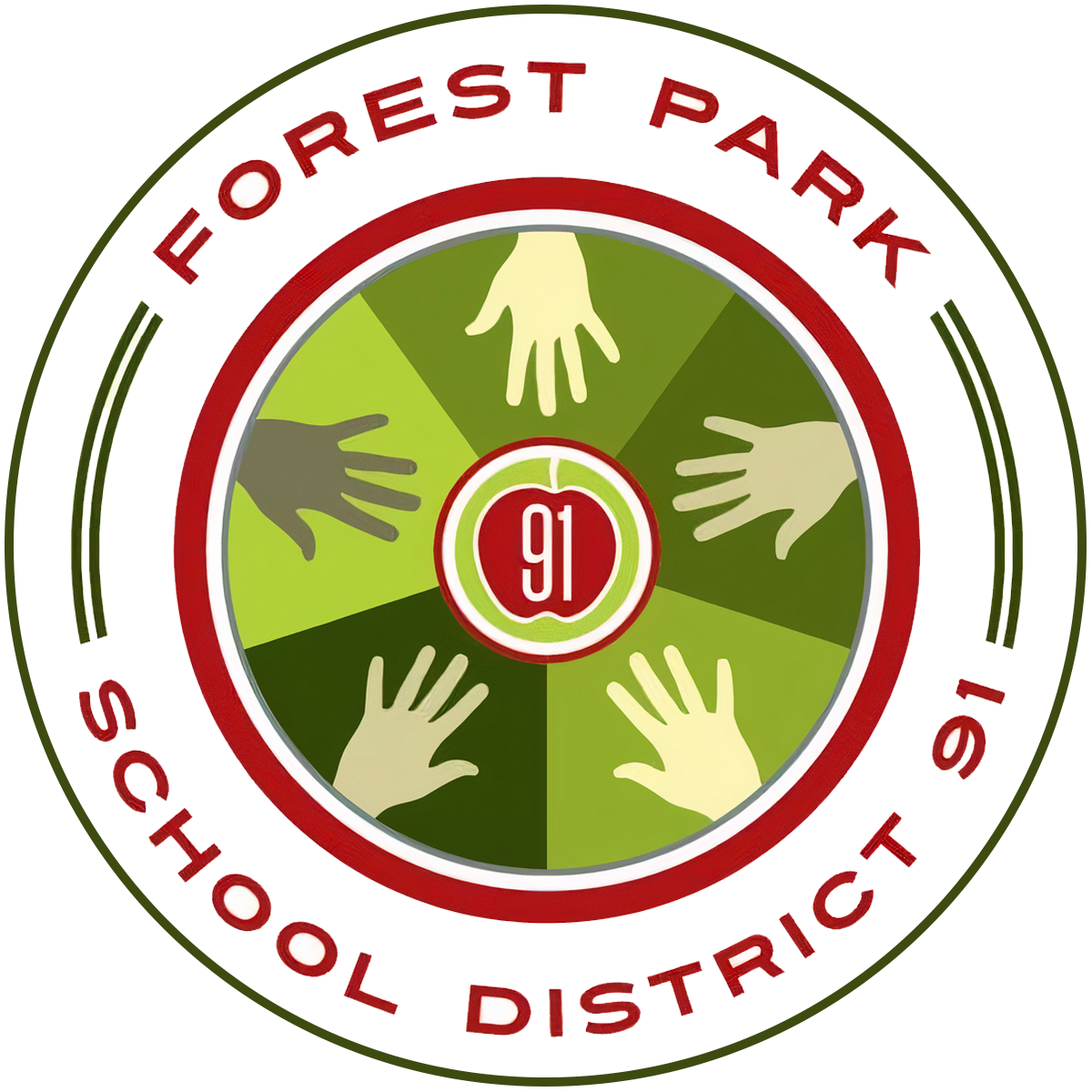Garfield Elementary has taken an important step toward building a more inclusive and supportive learning environment with the installation of a new AAC (Augmentative and Alternative Communication) Board on the school playground. The colorful, picture-based board gives students a way to communicate during recess, whether they use non-speaking or emerging verbal communication methods, or simply need extra support finding the right words in the moment.
For Garfield’s student support team, including Grace Hoffenkamp, K–2 Structured Special Education Teacher, and Cecilia Luxem, Speech-Language Pathologist, the addition represents more than a new resource, it marks a cultural shift toward normalization, acceptance, and shared ownership of communication differences across the school.
Supporting Students Who Communicate in Different Ways
Garfield serves a growing number of students who use AAC tools, such as personal iPad-based speech-generating devices or low-tech picture icons. While these tools are essential for classroom communication, they can be hard to bring to the playground: iPads are fragile, easy to misplace, and not always ideal for active outdoor play.
The permanent communication board provides another option.
“It’s just another way that students can communicate their needs,” Hoffenkamp explained. “If a student communicates differently—whether they’re non-speaking or learning to use icons. This doesn’t make them any less capable. They just communicate differently.”
Luxem emphasized how the board supports all learners, not only students with identified communication needs. “Sometimes students who speak all day have moments at recess where they’re upset or struggling to find their words. The board gives them a way to express themselves too.”
A Vision for the Future: Everyday Inclusion
When asked what they hope the board’s impact will be in two years, both educators shared a unified vision: normalization and inclusion.
Luxem hopes the board becomes a natural, everyday part of recess and classroom routines, something any student can use at any time. “It doesn’t matter how a student communicates,” she said. “We want all communication methods to feel normal here. Anyone can use the board.”
Hoffenkamp hopes this normalization ripples outward, shaping students’ language and attitudes. “Instead of hearing, ‘Why is he carrying an iPad?’ we hope students will say, ‘My classmate uses a talker—that’s how he communicates.’ With knowledge comes acceptance. That’s what we want.”
Because the board is located in a high-traffic area near recess and drop-off, families see it as part of their daily routine as well. Luxem believes this visibility sends a powerful message, and Hoffenkamp echoed that sentiment: “Garfield’s slogan is Here Is Where You Belong. This board reinforces that—whether you communicate verbally, with pictures, with a device, or in another way entirely.”

